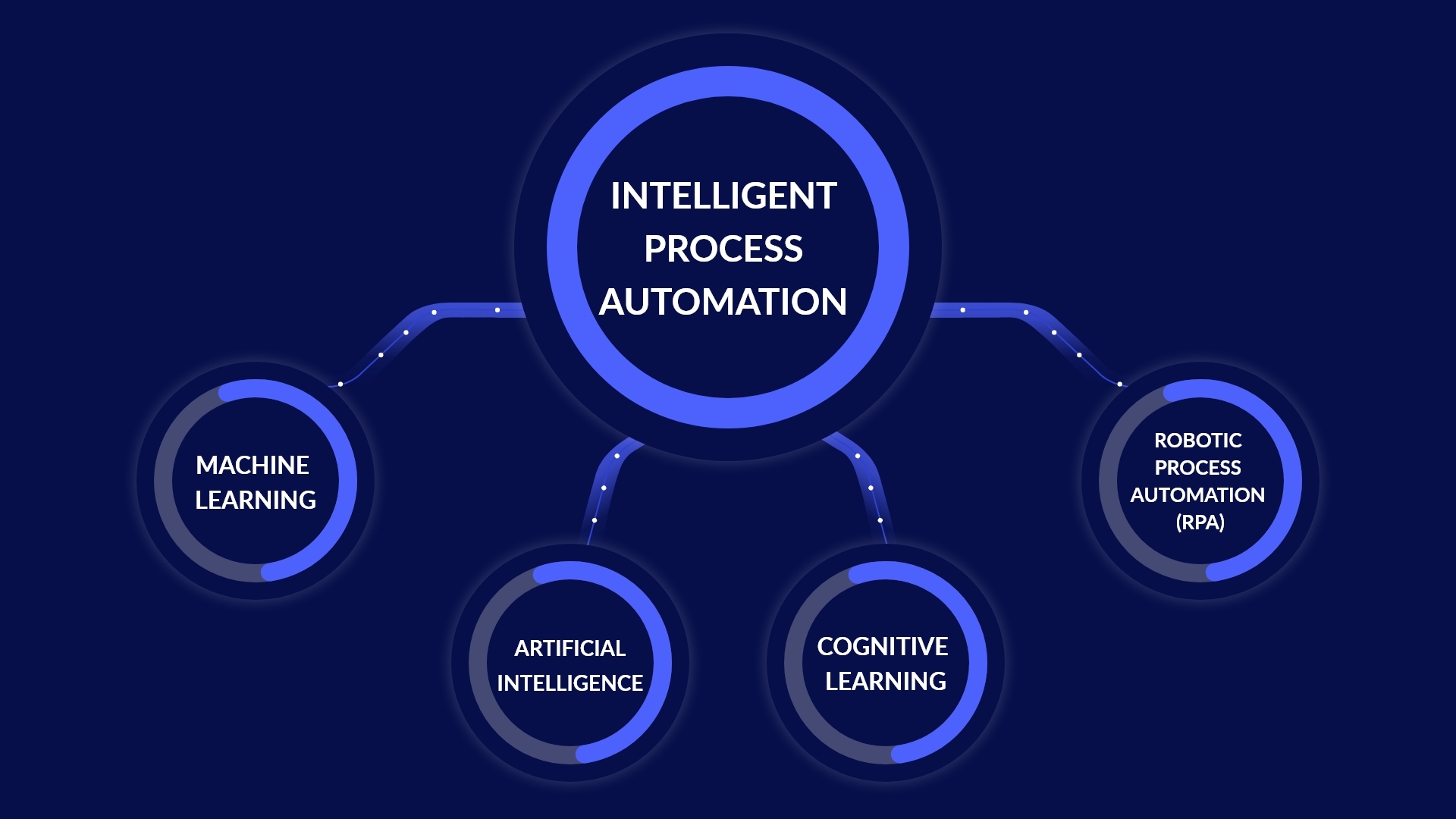The Rise of Intelligent Automation
In a rapidly evolving business environment, companies constantly seek ways to become more efficient, agile, and profitable. Intelligent Process Automation, combining Artificial Intelligence (AI) and Robotic Process Automation (RPA), has emerged as a powerful solution, helping businesses transform repetitive, manual tasks into streamlined, automated workflows. The potential rewards are impressive, with research indicating that businesses using RPA and AI effectively can reduce operational costs by 25–40%, with a substantial ROI typically realized within the first year.
In this article, we’ll explore how Intelligent Automation works, the benefits it offers, and practical steps your business can follow to successfully implement automation technologies.
Understanding Intelligent Automation: AI and RPA Explained
Intelligent Automation integrates AI technologies such as machine learning, natural language processing (NLP), and predictive analytics with RPA tools designed to automate repetitive, rule-based tasks. RPA excels at performing high-volume, repetitive tasks quickly and accurately, while AI adds an intelligent layer—handling more complex decisions, improving over time, and even predicting outcomes based on historical data.
Businesses leveraging Intelligent Automation can automate various processes, including invoice management, customer service interactions, inventory management, reporting, and data entry tasks, significantly enhancing efficiency, accuracy, and productivity.
Key Areas Where Intelligent Automation Delivers Results
1. Data Entry and Invoice Processing
Manual data entry is prone to errors and consumes valuable employee time. Automation technologies quickly extract, validate, and enter data, minimizing human error and significantly accelerating processing times. This dramatically improves productivity and reduces operational costs.
2. Enhanced Customer Service
Intelligent chatbots driven by AI provide customers with immediate responses and solutions 24/7. These bots continually improve by learning from past interactions, reducing customer wait times, enhancing customer satisfaction, and allowing customer service teams to focus on more complex inquiries.
3. Marketing Campaign Automation
Automating marketing tasks such as scheduling social media posts, sending targeted emails, and generating reports allows marketers to concentrate on strategic planning and creative activities. This not only increases marketing efficiency but also enhances campaign effectiveness through data-driven personalization.
4. Supply Chain and Inventory Automation
AI and RPA can predict demand patterns, automate inventory restocking, and streamline supply chain communications. This minimizes inventory errors, prevents shortages or surpluses, and provides real-time visibility across the entire supply chain network, resulting in optimized operations and reduced costs.
Implementing Intelligent Automation: A Practical Roadmap
Step 1: Analyze Your Business Processes
Identify repetitive, rules-based tasks and evaluate them as automation candidates. Utilize techniques like process mining to discover workflows ripe for improvement. Engaging stakeholders early ensures buy-in and clarifies the expected benefits.
Step 2: Choose the Right Automation Tools
Select suitable automation technologies and platforms based on your business requirements, scalability needs, and existing infrastructure. Popular RPA platforms like UiPath, Automation Anywhere, and Blue Prism offer powerful capabilities, while AI-driven solutions enhance decision-making processes.
Step 3: Start Small and Scale Strategically
Begin with a focused pilot project to test and refine automation within a manageable scope. Evaluate performance, learn from outcomes, and gradually expand automation to other business areas. This measured approach ensures effective implementation and smoother adoption.
Step 4: Integrate AI for Enhanced Decision-Making
Once basic automation is in place, integrate advanced AI capabilities to handle more complex processes. For example, use machine learning algorithms to analyze patterns and proactively recommend business decisions, like optimal inventory levels or customer outreach strategies.
Addressing Challenges and Best Practices
Managing Employee Concerns
It’s natural for employees to feel apprehensive about automation’s impact on their roles. Communication is essential—highlight how automation will free employees from mundane tasks, allowing them to focus on higher-value activities requiring creativity, problem-solving, and strategic thinking.
Ensuring Technical Integration and Security
Technical integration is crucial to automation success. Engage your IT team early, plan robust cybersecurity measures, and regularly test and update automation systems to ensure reliability and data security.
Governance and Maintenance
Create a structured governance framework that includes regular monitoring, maintenance, and updates of automated processes. Ensuring clear accountability helps maintain effectiveness and facilitates continuous improvements.
The Role of Analytics in Successful Automation
Effective Intelligent Automation requires careful analysis and ongoing data monitoring. Partnering with analytics specialists, like the team at Marradata.ai, can streamline tool selection, integration, and optimization processes. Expert analytics support ensures automation solutions align precisely with your business goals, maximize ROI, and continuously improve through data-driven insights.
Intelligent Automation as a Competitive Advantage
Adopting Intelligent Automation is not merely about technological advancement—it’s a strategic approach to improving efficiency, accuracy, and overall competitiveness. By automating routine tasks and intelligently enhancing complex decisions, businesses can significantly reduce operational costs, increase agility, and provide superior customer experiences.
As you consider your automation journey, remember this is a continuous process of learning, optimizing, and scaling. And if you require expert assistance in implementing these powerful solutions, analytics and automation experts are ready to help you unlock your full potential.

